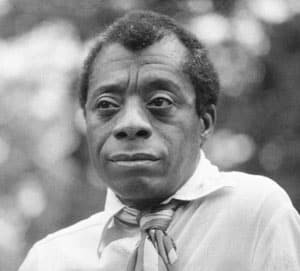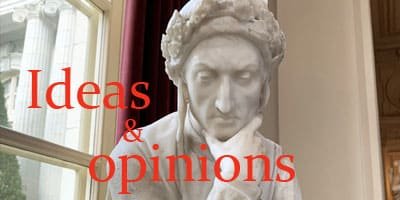James Baldwin was born in Harlem in 1924, the eldest of nine children and stepson to a severe preacher. He came of age in the afterglow of the Harlem Renaissance, within a nation still disfigured by racism. A precocious intellect and gifted speaker, Baldwin left the pulpit as a teenage minister, and later, the country itself, in search of a freer existence in France. Yet the farther he traveled, the more clearly he saw the wounds of the place he had fled. Distance sharpened his vision. Exile became a vantage point.
Novelist, essayist, dramatist, and witness, Baldwin gave voice to a embattled century. Though he lived much of his adult life abroad, he remained faithfully attuned to the American dilemma. His art was an act of return. He wrote out of a deep inward necessity, convinced that truth-telling, however searing, was both private reckoning and a moral obligation.

For him, art was vocation, and beyond that, spiritual summons. The true artist, in his understanding, does not choose their path so much as submit to it. One may delay, bargain, but the call remains. “You are being used,” Baldwin once said. “It is impersonal. This force which you didn’t ask for, and this destiny which you must accept, is also your responsibility.”
That responsibility begins with the soul. Baldwin looked to art as inner revelation and a form of spiritual service. The artist, for him, is a dweller in hidden spaces, a mystic compelled to enter what he called “the ungoverned territory of the heart.”
He once described the artist as “a sort of emotional or spiritual historian,” one charged with recording the private climate of consciousness. To fulfill this task, the artist must listen where others turn away, find language for what has yet to be named. In Baldwin’s view, creation emerges from what he called “the great wilderness of himself,” a region beyond maps, where solitude becomes initiation and silence turns oracular.
This solitude is a stripping away. Baldwin believed that to create honestly, one must endure exposure, must relinquish comfort, must stand bare in the presence of what is most feared. The artist who survives this descent does not return unchanged. They become translator of what they have seen, for the sake of communion. “If you survive it,” Baldwin said, “if you don’t cheat, if you don’t lie—it is not only your glory, your achievement. It is almost our only hope.”
The hope he spoke was the kind born of hard vision. For Baldwin, the artist’s first allegiance is the difficult truth gleaned from suffering, memory, and the fierce clarity of attention. “The poets (by which I mean all artists),” he wrote, “are finally the only people who know the truth about us.” This knowing must be earned, lived into, retrieved from the depths of personal reckoning.
To write, then, for Baldwin was a form of fidelity. He believed the artist must not withhold what they know, however unsettling. The cost of such withholding is spiritual diminishment. The artist becomes, in this sense, a vessel through which the unspeakable is spoken. “The role of the artist is exactly the same as the role of the lover,” he wrote. “If I love you, I have to make you conscious of the things you don’t know.”
Love, for Baldwin, was never separate from truth. His work carried this conviction with searing tenderness. He used literature as a mirror to reveal. He disturbed false peace in the name of deeper reconciliation, speaking to awaken. “The role of the artist is to make the world a more conscious place,” he affirmed, “to disturb the comfortable and comfort the disturbed.”
There is something priestly in this vision, prophetic. Like the seers of scripture, Baldwin understood that societies live by fictions, but the artist must remain alert to the fissures in our deceptions. “A society must assume that it is stable,” he observed, “but the artist must know, and let us know, that there is nothing stable under heaven.” The artist becomes an instrument of revelation: to resist illusion.
This is no easy calling and Baldwin did not romanticize the price. The true artist, he warned, must be prepared to relinquish what the world rewards: status, acclaim, the illusion of safety. “You can only have it by letting it go,” he said. “You can only take if you are prepared to give.” The giving is total. It includes one’s certainties, one’s wounds, even one’s aloneness. And still, the task must be undertaken.
In Baldwin’s hands, the artist sanctifies their work through devotion. Their allegiance is to something greater. They descend into the labyrinth of themselves to return with vision, and offer it to others as a kind of moral sustenance. In this sense, Baldwin represents that artist as mystic-activist, reminding us that literature, at its finest, is witness. It dares to say what others fear to name.
To read Baldwin, today, is to uphold this time-honored task of the writer: to transform perception. For this reason, his words continue to pierce, console, and instruct. In a time when language is often twisted to conceal, Baldwin restores its capacity to illuminate. He summons us to see, to feel, to reckon, to recover our shared humanity.
His influence remains strong in today’s moral struggles: on race, gender, power, and memory. Baldwin belongs to those who labor for inner and outer liberation, the courage to remain awake.
Yahia Lababidi | World Literature Today
